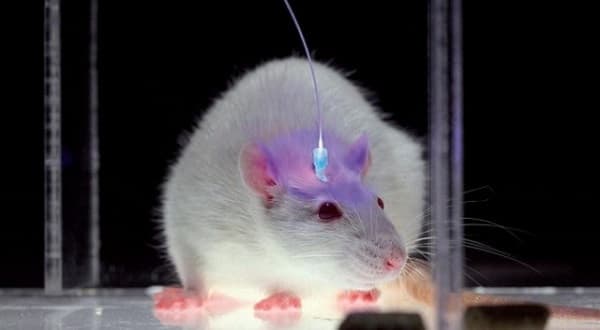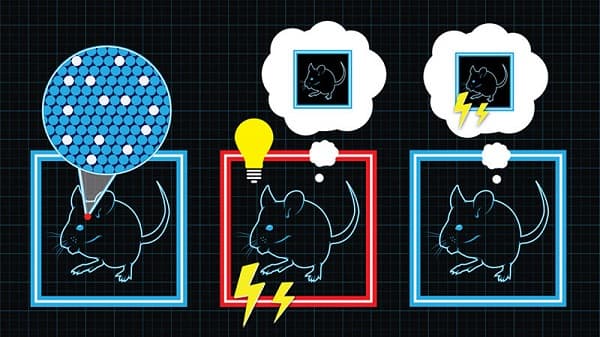Researchers at MIT have shown that it is possible to introduce false memories into the mind, and they have done so by using the brains of mice to successfully arouse fear of an event which didn't occur at all. This breakthrough result comes from the same team that discovered that memories are located in individual neurons. Extending the concept, the team has devised necessary steps leading to the process of implanting (or "incepting" as we may popularly refer to it) artificial memories. This research might explain why humans recall things that didn’t actually happen or vehemently believe they married an alien or conspiracy theorists in general.

The researchers placed a mouse in a brand new environment (Place A), which the mouse first explores and then stores as new memories in the hippocampus (the region of the mammalian brain that is involved with memory formation). Scientists make sure that Place A becomes a fun memory for the mouse. The mouse is then transferred to a different environment (Place B). Here, the neuroscientists stimulate the memory of Place A using optogenetics. Optogenetics is dabbling with the genetics of cells so that they become sensitive to light. MIT researchers injected the mice with a virus that affected the neurons in the exact region of the hippocampus where Place A memories were formed. This virus changed the neuron’s DNA in such a way that a protein switch was produced that is sensitive to light. When these neurons are struck by light, (which travels through a hole drilled in the mouse’s skull, see above) the memory is turned on.

This process is carried out while simultaneously delivering electric shocks to the mouse’s feet, causing fear and pain. So, when the mouse is returned to Place A, it freezes in fear. This is because the mouse’s brain now associates electric shocks in Place B with its memory of Place A. Hence, rendering a false memory.
The research proves that false memories can be created and the physiological process of creating and recalling false memories and real memories is quite similar. Even though how humans create such elaborate false memories still remains elusive. The research group aims use its memory manipulation techniques to fix/treat disorders such as anxiety and depression. How do you tell a false memory from true? Well,
you can't.
Via: <a href="https://www.extremetech.com/extreme/162364-mit-successfully-implants-false-memories-may-teach-us-how-human-brains-form-false-memories" target="_blank" rel="nofollow noopener noreferrer">MIT successfully implants false memories, may explain why we remember things that didn’t happen | ExtremeTech</a>


